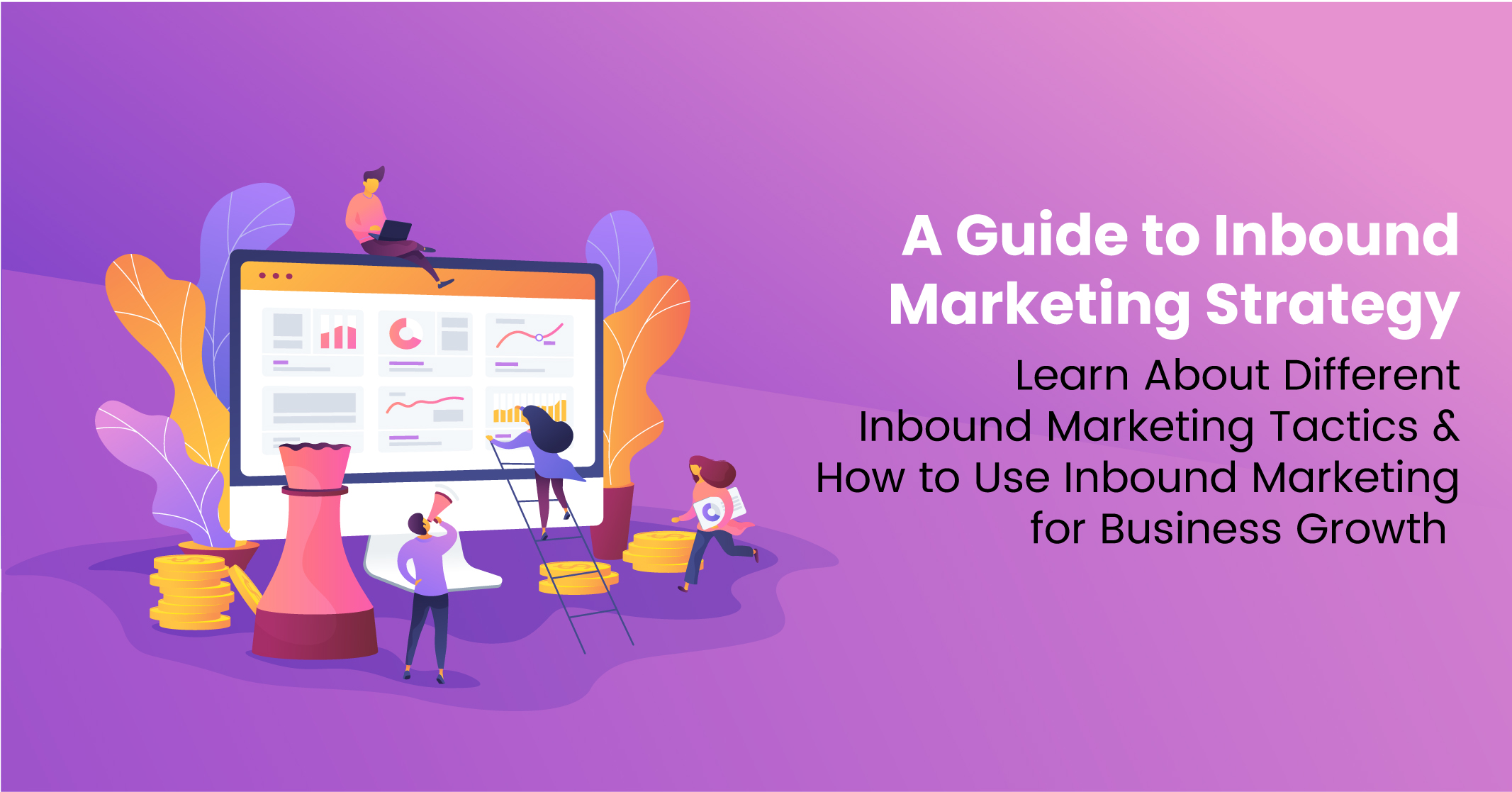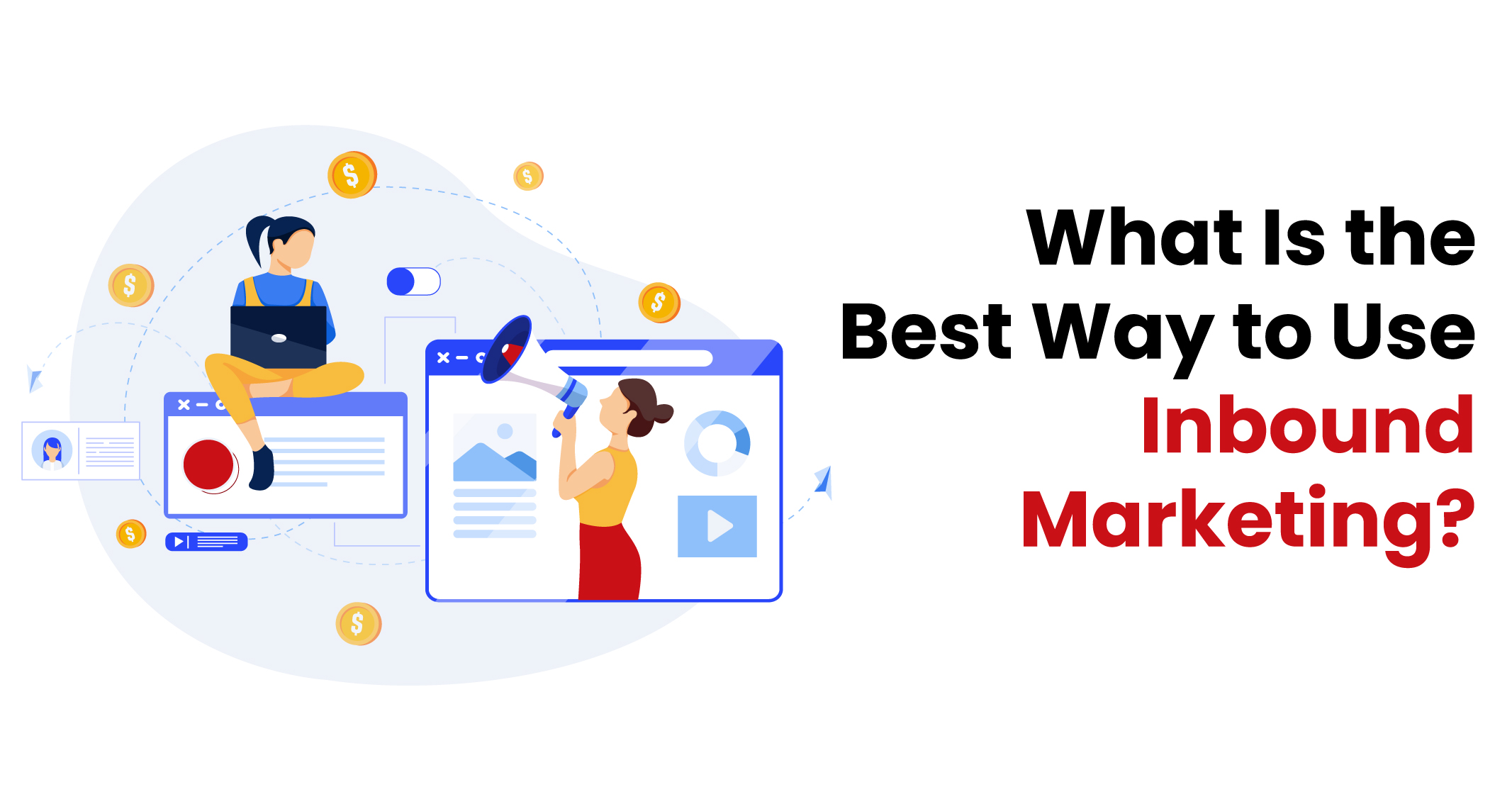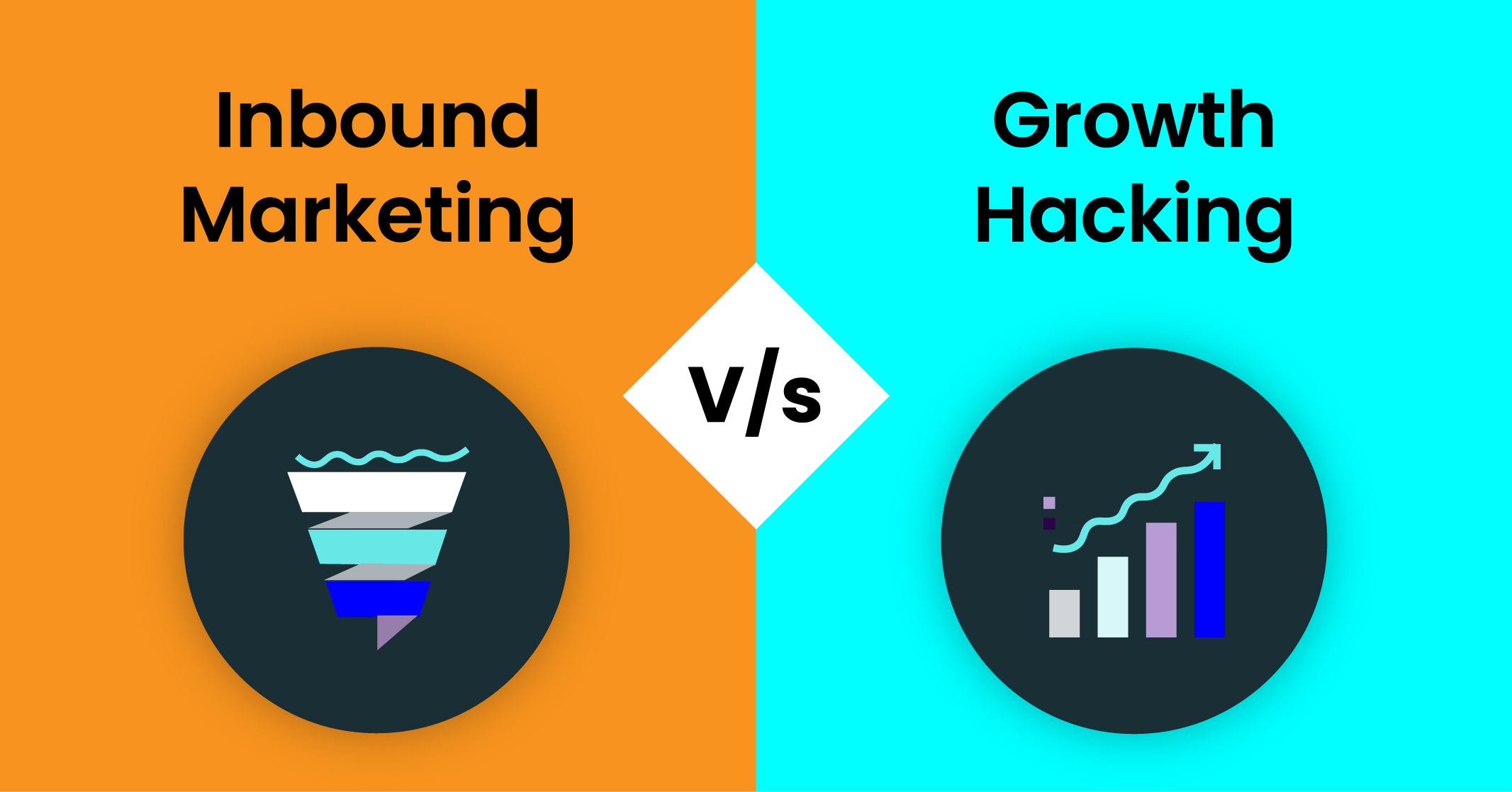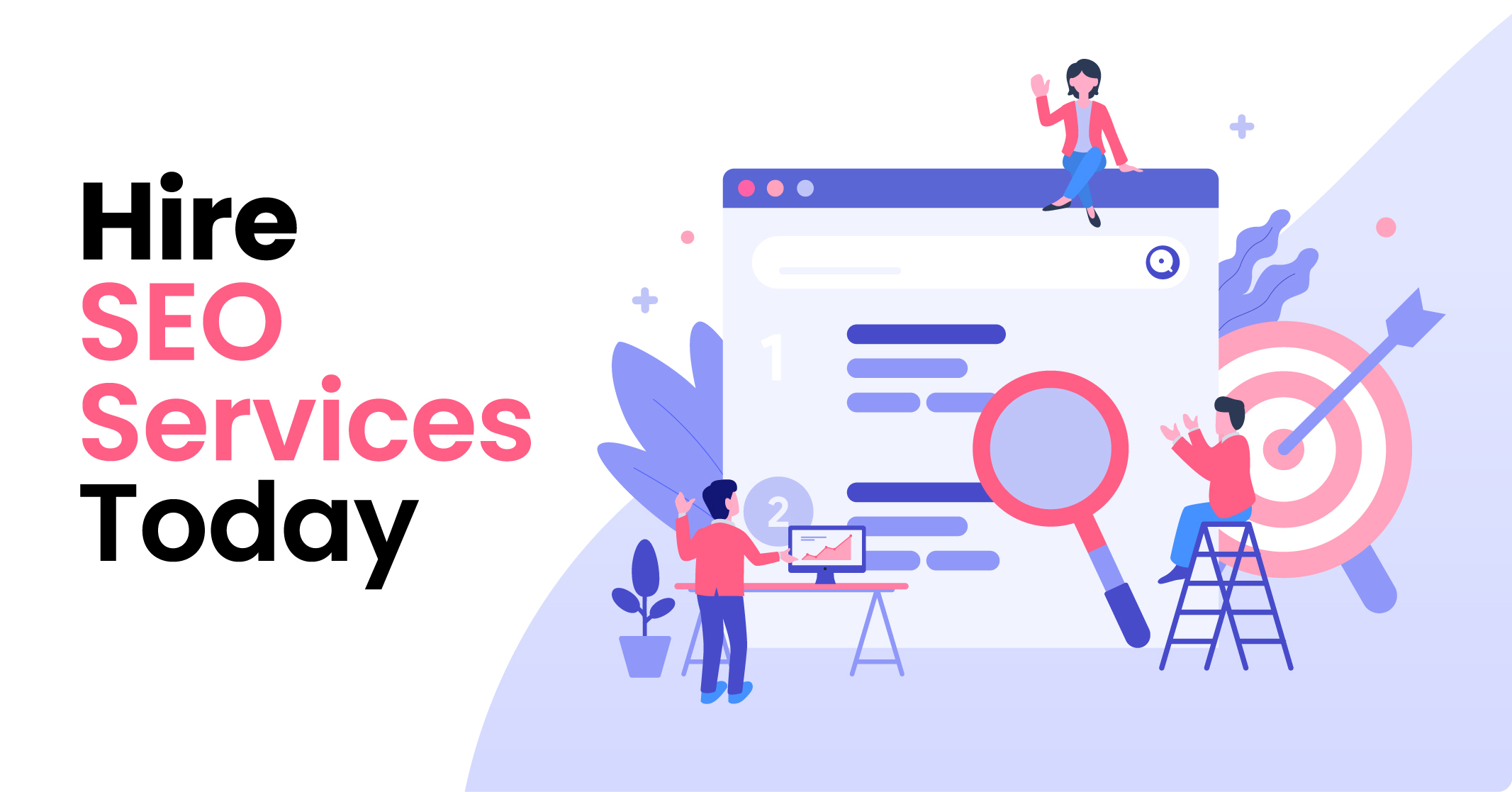I hope you enjoy reading this blog post.
If you want to get more traffic, Contact Us

Click Here - Free 30-Minute Strategy Session
Be quick! FREE spots are almost gone for this Month. Free Quote

In contrast to traditional marketing methods that aim to interrupt a customer’s experience, inbound marketing focuses on attracting customers with relevant and helpful content. Ads on TV or radio, for instance, are rarely entertaining or helpful, yet customers are forced to watch or listen to them.
What is the need for inbound marketing?

Click Here – Free 30-Minute Strategy Session
Be quick! FREE spots are almost gone for this Month
In today’s digital age, such interruptive marketing strategies have become even less effective, with many people ignoring or blocking ads altogether. This is why businesses need a marketing strategy that pulls customers in, rather than pushing a marketing message out to them.
An effective inbound marketing strategy is further underscored by the fact that most buyers now search for solutions online. According to statistics, 81% of customers research online before buying, and 57% use social media to get recommendations.
This means that customers are now taking on the role of educating themselves and finding solutions online, rather than relying on salespeople. If businesses cannot be found by potential customers when they search on Google or ask around on social media, they risk losing those customers forever.
So, what exactly is inbound marketing?
This approach to marketing aims to attract customers by creating and sharing valuable content that addresses their needs and interests.
Inbound marketing strategies include:
The goal is to build strong relationships with customers by providing them with helpful and relevant information, rather than interrupting their experience with pushy marketing messages.
To attract customers with valuable content, businesses use inbound marketing as a marketing approach. It focuses on building strong relationships with prospects and customers while also aiming to be discovered by them.
In this blog, we will explore:
Learn More: Top Blogger Outreach Tips to Build Authority
Unlike a traditional marketing funnel that ends with customer purchase, inbound marketing is an ongoing process that seeks to build lasting relationships with customers and turn them into brand ambassadors.
Here is an overview of inbound marketing:
Step 1: Attract: Bring in the right audience by creating relevant and valuable content that addresses their pain points and interests.
Step 2: Engage: Help and educate the audience through their buyer’s journey, providing them with the information and resources they need to make informed decisions.
Step 3: Delight: Provide exceptional customer experience by going above and beyond to ensure their success with your product or service, turning them into loyal customers who become advocates for your brand.

Do you want to know what the right way is to make the best of Inbound marketing tactics? At Traffic Radius, the entire marketing strategy centres on inbound marketing, with a significant allocation of resources devoted to creating useful content that educates customers on digital marketing and SEO while also promoting their products.
Another way to personalise the customer experience is through personalized landing pages. By tailoring landing pages to specific customers, you can show them that you appreciate their business and have offers that are relevant to their needs and interests.
Collecting feedback through surveys is also a powerful way to show customers that you care about their opinions and want to improve their experience. This information can be used to send more targeted and relevant messaging to customers, increasing their satisfaction and loyalty.
In inbound marketing, the customer always comes first. This means that every action you take, from content creation to distribution, should revolve around the customer.
Since every business has unique customers, there isn’t a one-size-fits-all approach to inbound marketing. Your inbound marketing ideas will depend on your target audience and where they spend their time online. For example, if your customers prefer video content on Instagram, then creating visual content and distributing it on Instagram and YouTube would be effective.
However, if your target audience is mid-sized businesses that require extensive information before purchasing, then creating whitepapers and distributing them through email marketing and LinkedIn might be more appropriate.
Inbound marketing is a form of “pull” marketing, which means that you create content that your customers enjoy and share on the platforms they frequent. This approach differs from “push” marketing, which interrupts customers with marketing messages that they may not be interested in.
Learn More: The 5 Most Popular Digital Marketing Strategies for 2023

Marketing can be approached in two different ways: inbound marketing and outbound marketing.
Inbound marketing is a customer-centric strategy that aims to attract potential customers by creating valuable content and experiences that are tailored to their needs and interests.
This approach involves:
Outbound marketing, on the other hand, is a more traditional marketing approach that involves pushing a message out to a large audience through advertising, cold calling, and direct mail campaigns.
The aim of outbound marketing is to:
While both approaches can be effective, inbound marketing has become increasingly popular due to changes in consumer behaviour and the rise of digital channels.
With inbound marketing, businesses can create a more personalized and relevant experience for their customers, which can lead to greater engagement and a stronger relationship over time.
Many businesses are unsure about the distinctions between inbound marketing, content marketing, social media marketing and e-mail marketing.
To clarify, these marketing channels, including e-mail, social media and content, fall under the umbrella of inbound marketing.
Inbound marketing is a marketing approach that focuses on attracting potential customers through valuable content, rather than interrupting their experience.
What To Do?
To attract and convert leads, you should create high-quality content that addresses your customers’ problems (content marketing), distribute that content through social media (social media marketing) and capture leads to send marketing messages via e-mail (email marketing). It will help you close the sales and utilise inbound marketing.
Although inbound marketing and growth hacking may sound similar, they are different in some ways, which has caused some confusion. While inbound marketing encompasses techniques for attracting, converting, and delighting customers, growth hacking refers to a collection of tools for attracting new users.
The two differ in four critical areas:
Inbound marketing is a customer-first approach that focuses on the entire marketing funnel, from attracting traffic to nurturing leads and sometimes even taking over some sales duties through marketing automation.
Conversely, growth hacking is more focused on acquiring new users, even at the cost of the customer experience.
Inbound marketing is a process-oriented and scalable approach that takes a long-term view, requiring commitment for several months at least to reap results. In contrast, growth hacking relies on one-off techniques that may provide quick returns, but it may not work consistently well in the long run.
In summary, inbound marketing is the whole, while growth hacking, content marketing, social media marketing, and email marketing are just parts of the whole. If you want quick results that may or may not stick, choose growth hacking. On the other hand, if you want a long-term strategy for getting traffic, leads and influence, choose inbound marketing. In an ideal world, both approaches should be used together.
To understand inbound marketing, think of it as a complex system that comprises several smaller parts such as SEO, social media, email and analytics. Although these parts can attract customers individually, when combined, they create a compelling strategy that is inbound marketing.
However, it’s crucial to remember that inbound marketing is only a part of the bigger picture in marketing. Adopting the inbound marketing philosophy doesn’t mean that outbound marketing should be ignored altogether. A successful marketing strategy should include both inbound and outbound approaches.
To sum up, inbound marketing is a customer-oriented, permission-based strategy that focuses on helping customers solve their problems. It is cost-effective and more effective in the digital world. The four stages of inbound marketing are Attract, Convert, Close and Delight, which involves turning strangers into customers and ultimately, fans. But remember, both inbound and outbound marketing have their place in a marketing strategy.

Are you planning to enlist the help of SEO services? Traffic Radius can help.Analysing your website’s performance, identifying areas for improvement, and implementing effective optimization techniques, our SEO experts can help you achieve better organic search results.
We will ensure that you get increased website traffic, improved conversion rates and higher revenue. To know more about our service plans or to receive a free quote, give us a call today or send us an e-mail.

LEAVE A REPLY